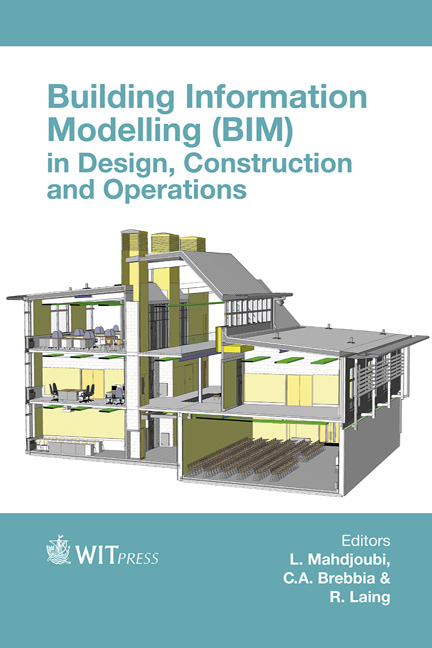Effects Of The Differences Between Virtual And Physical Perception Of Space On Building Information Modelling
Price
Free (open access)
Transaction
Volume
149
Pages
12
Page Range
21 - 32
Published
2015
Size
809 kb
Paper DOI
10.2495/BIM150031
Copyright
WIT Press
Author(s)
N. Saleeb
Abstract
Visualising 3D models of buildings is essential in assisting clients’ decision-making process to accept or change design parameters/criteria. However, to achieve effectiveness, 3D virtual representations of built spaces must be perceived as identical to their physical counterpart to be built/refurbished, which is the current assumption by architects and engineers creating 3D space-models and discussing design decisions with clients during design coordination stages of Building Information Modelling (BIM) projects. This research provides contrary evidence to this assumption; evidence that human perception of 3D space sizes/dimensions in virtual models is different from perception of physical spaces with the same dimensions. This was achieved by conducting experiments where diversified participants were asked to evaluate sizes of physical rooms and their equivalent 3D virtual representations; results were then compared. Size evaluation was performed using tangible visual cues for assessment, not generic metric scales, hence eliminating errors due to individual discrepancies in human appreciation of metrics. This paper discusses the experiments conducted in 2 phases: 1) assessing physical spaces, and 2) assessing 3rd person view of 3D virtual spaces (visualisation on screen). After analysing differences between perceived widths, depths and heights recorded in both phases, results showed evidence that humans perceive each virtual dimension differently from its physical counterpart, and furthermore with varying percentages. This indicates that current 3D-modelling BIM authoring software might not be depicting true representations/visualisations of spaces to be built; hence possibly causing clients to issue wrong decisions based on incorrectly perceived space dimensions during the design coordination process.
Keywords
space perception, physical spaces, 3D virtual spaces, 3D model, architectural design, building information modelling, visual cues, sketch up model, virtual reality, visualisation





